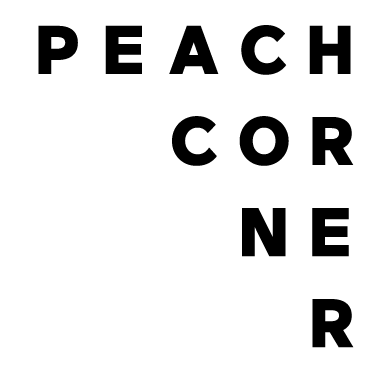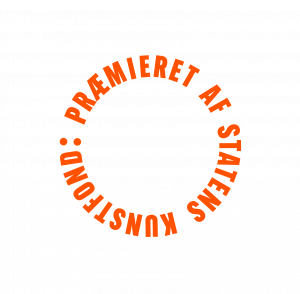PAST EXHIBITIONS - 2021
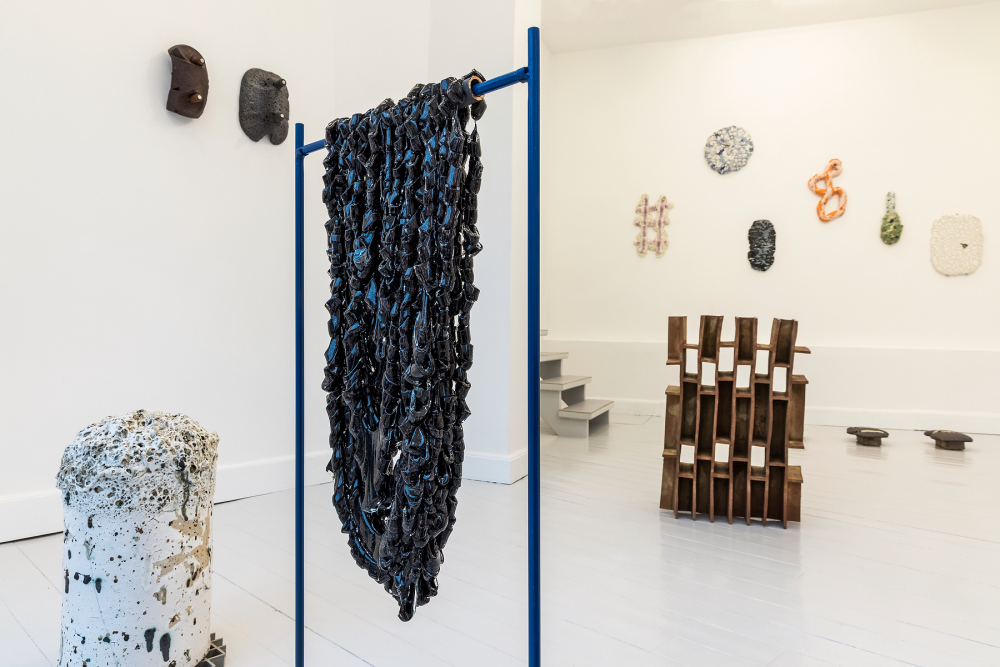
Photo Stuart McIntyre

Photo Stuart McIntyre
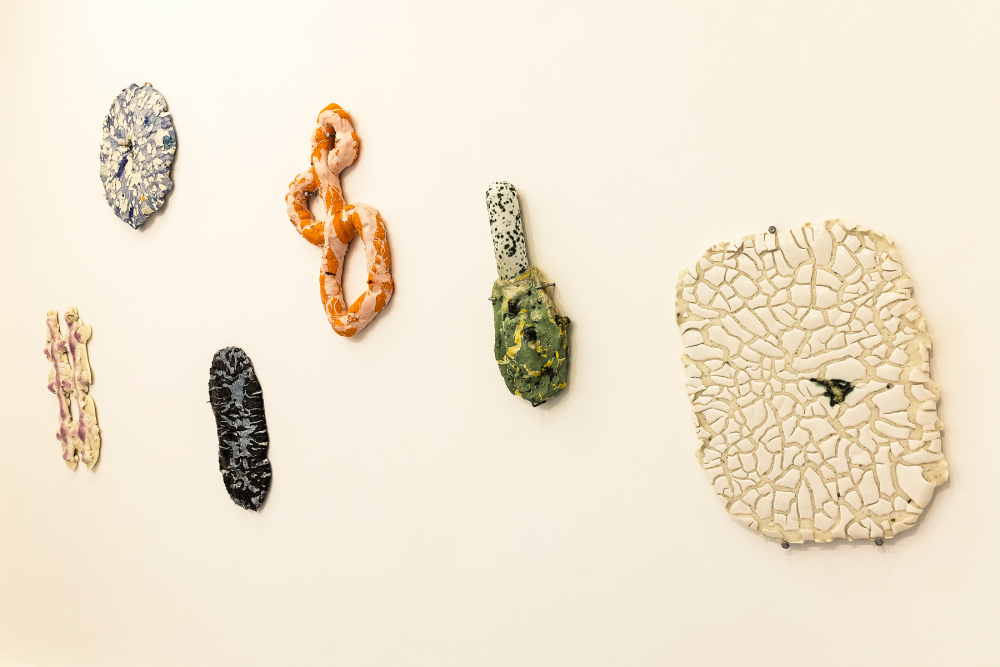
Photo Stuart McIntyre
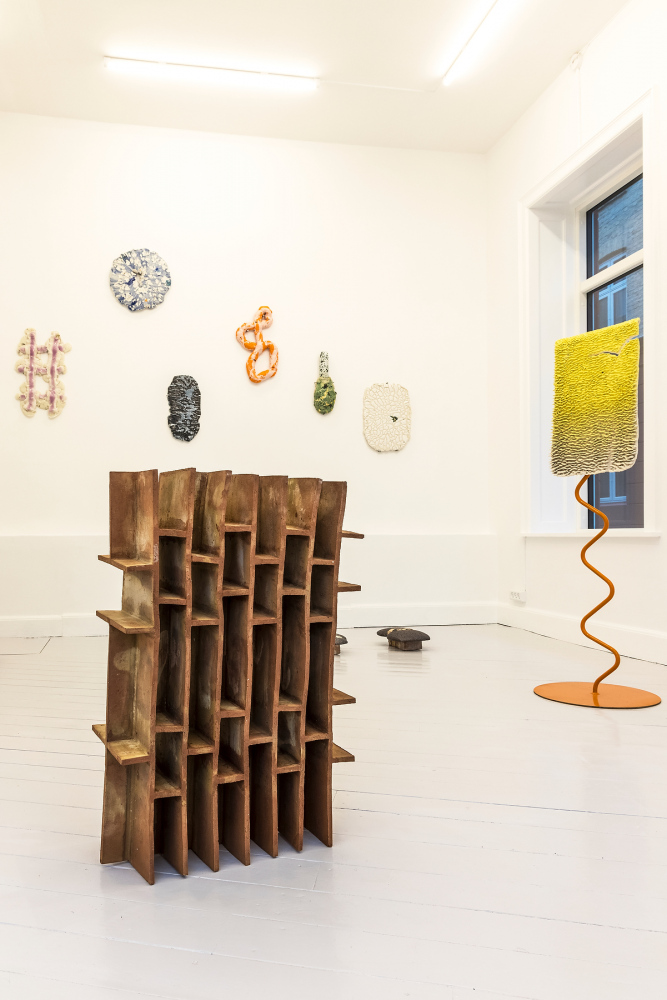
Photo Stuart McIntyre
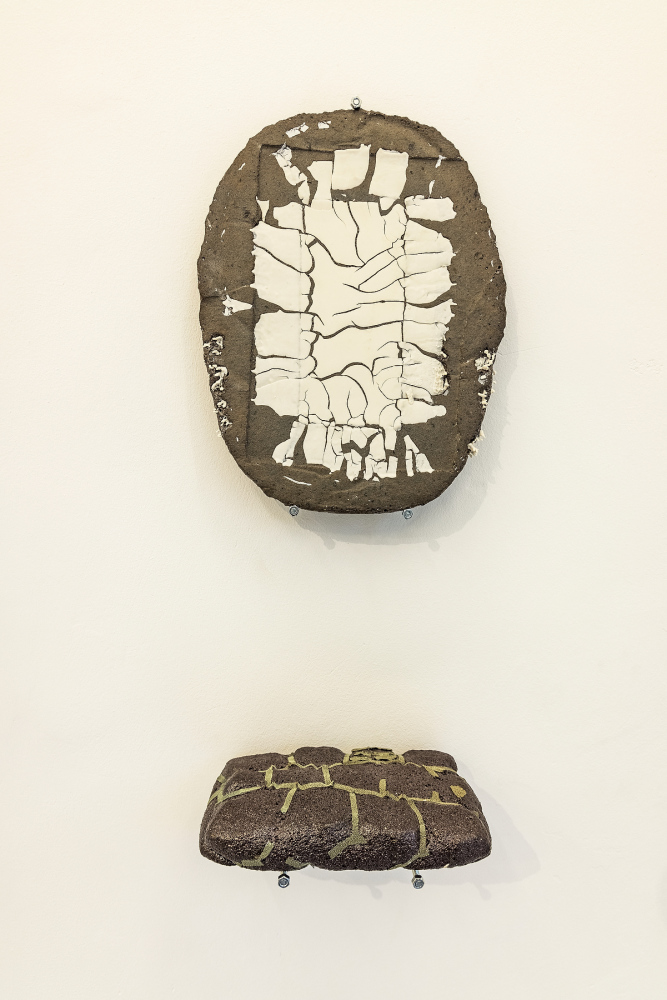
Photo Stuart McIntyre
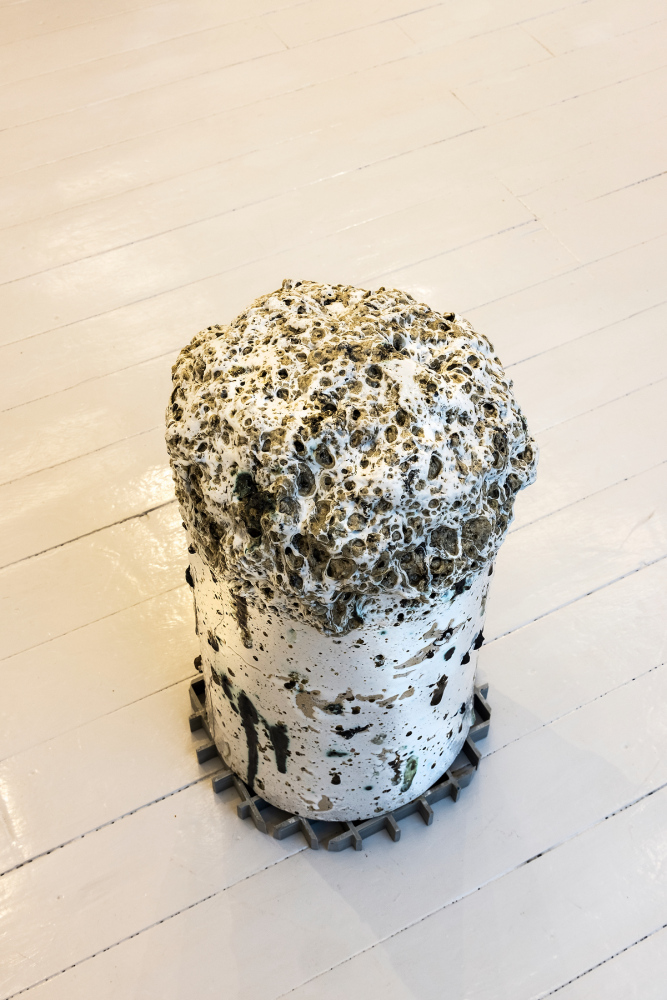
Photo Stuart McIntyre
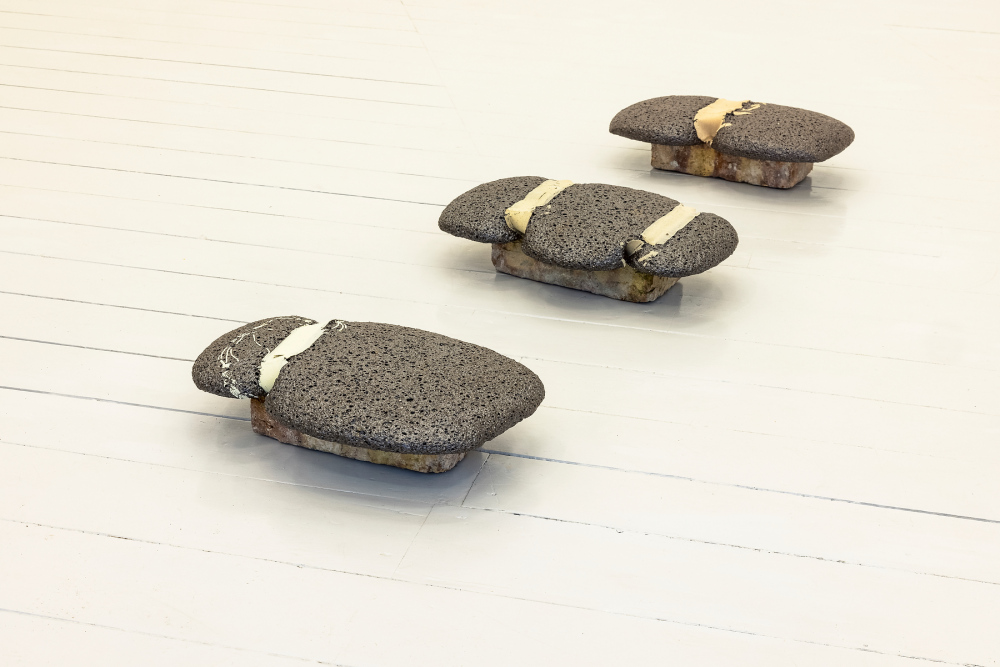
Photo Stuart McIntyre
Material Manifestations
One Man's Treasure
Brick
Common Ground
Annelie Grimwade Olofsson and Jeppe Søndergaard Hansen
11 November – 18 December 2021
In the exhibition Material Manifestations, the two young artists Annelie Grimwade Olofsson (SE) and Jeppe Søndergaard Hansen (DK) direct an expanded focus on materiality through experimental processes that transform recycled materials and ceramic waste into new and surprising expressions. The two ceramicists have a shared interest in materials as carriers of stories about the society they are a part of and a shared ambition of communicating through embodied and sensuous statements and objects that open unsettling and restorative perspectives.
Annelie Grimwade Olofsson collects waste from ceramic production, ash from incineration plants and scrap metal from heavy industry and transforms these materials into objects that challenges our runaway consumption of nature’s resources. Her objects spark immediate sensory fascination, but once their underlying history becomes clear, they also foster an unsettling awareness of the profound impact of the human interference in the planetary circuit. The objects may be regarded as tangible manifestations that tell stories about waste and challenge our notions of the value of materials.
Jeppe Søndergaard’s objects speak mainly through their tactile qualities. The pieces in the exhibition have their origin in excursions around Copenhagen where Søndergaard collects recycled bricks from demolished buildings. To Søndergaard, the bricks represent the building blocks of society’s foundation – a familiar and humble element whose role in contemporary construction is a far cry from what it once was. In Søndergaard’s works, the bricks are transformed and take on a new, aesthetic purpose. He subjects the bricks to an almost violent process: a ceramic ‘overfiring’, where extreme temperatures make the bricks melt and flow out of their given shape and perhaps back to the nature from whence they came.
The exhibition was curated by Jeppe Søndergaard Hansen.
Jeppe Søndergaard Hansen (b. 1991) graduated from the Ceramic Design programme at the Royal Danish Academy in Copenhagen in 2020 and holds a bachelor’s degree from the Royal Danish Academy, Bornholm. Selected exhibitions: Studiolo. Solitude. Saint Jerome, Royal Danish Academy of Sciences and Letters (Copenhagen, DK), 2019; Layers & Growths, Pillnitz Palace (Dresden, DE), 2018; Systematic Chaos, travelling exhibition shown at CLAY Museum of Ceramic Art Denmark (Middelfart, DK), Politikens Hus (Copenhagen) and Bornholms Kunstmuseum (Rø, DK) 2018.
Annelie Grimwade Olofsson (b. 1991) holds a bachelor’s degree from the Crafts programme at the Royal Danish Academy, Bornholm, from 2019. In 2021 she participates as an Artist-in-Residence in 5 x Designers Detroit (USA), curated by the Danish Arts Foundation and College for Creative Studies. Selected exhibition: Wasteland Object, Officine Saffi (Milan, IT) 2021; Soil Matters, Helsinki Design Museum (Helsinki, FI), 2020; Wasteland, Charlottenborg Spring Exhibition (Copenhagen, DK), 2020.
Download press release + images
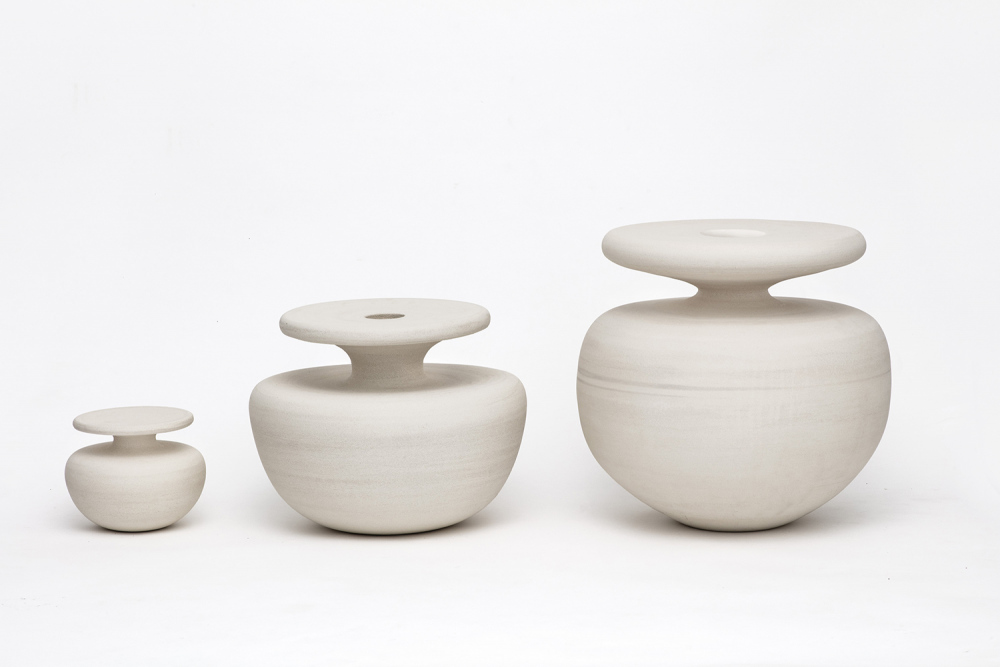
Vase? by MBADV / Maria Bruun and Anne Dorthe Vester
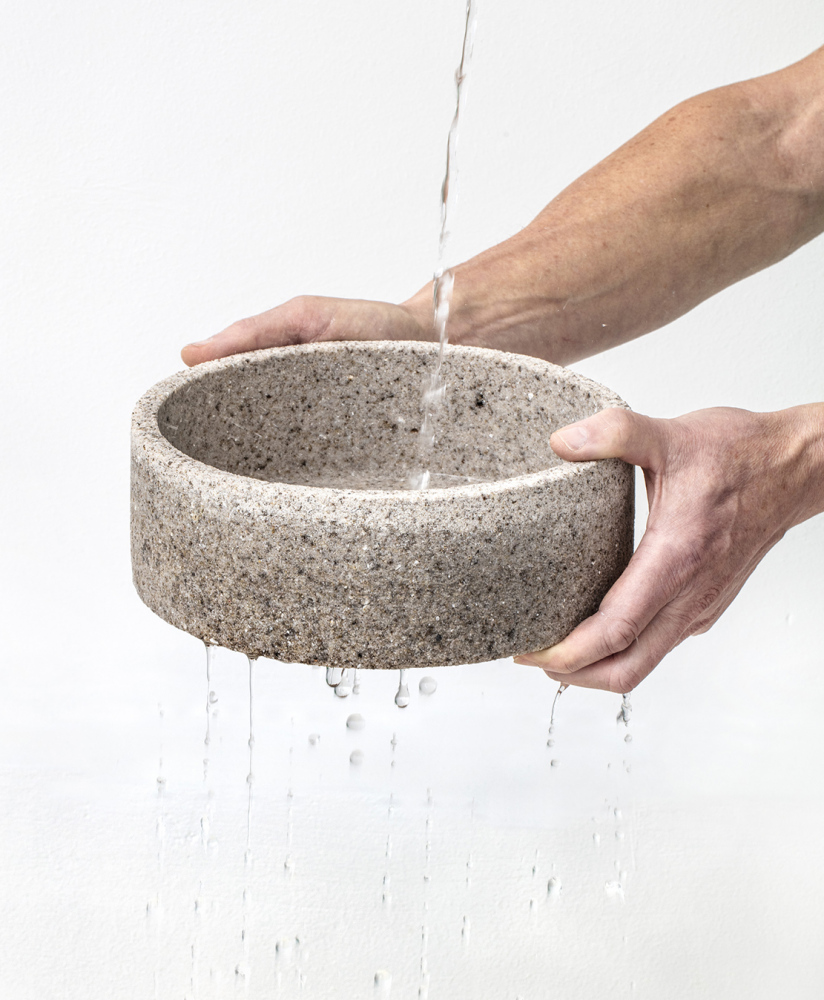
Permeability test no.1 by Anne Tophøj
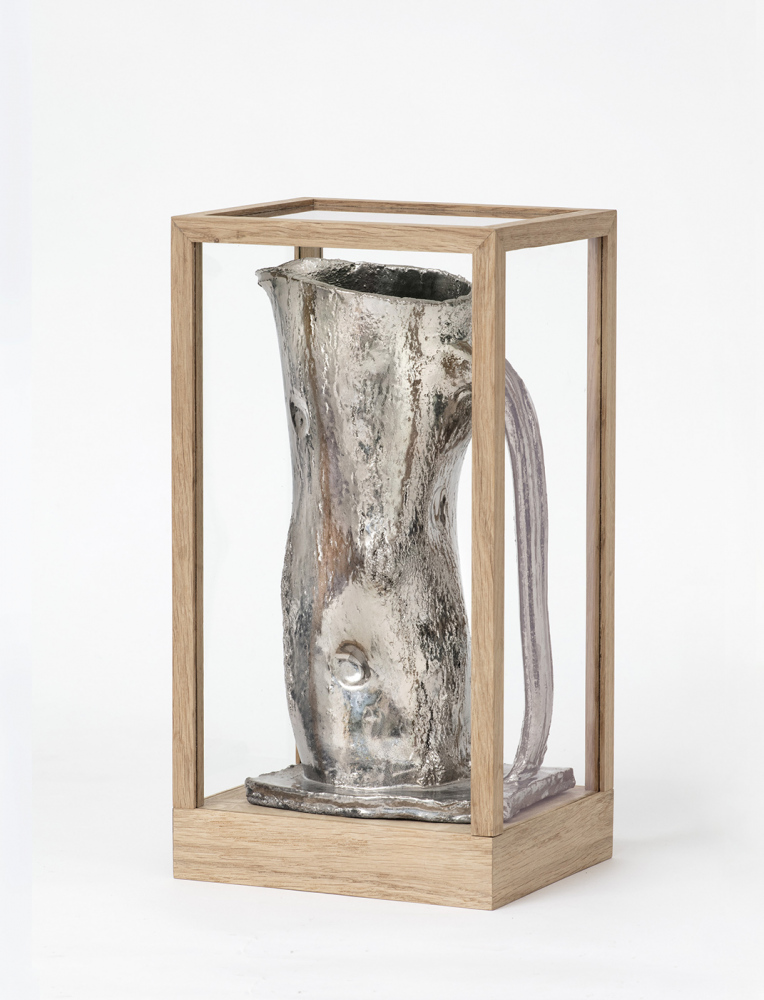
Jug from the Anthropocene by Søren Thygesen
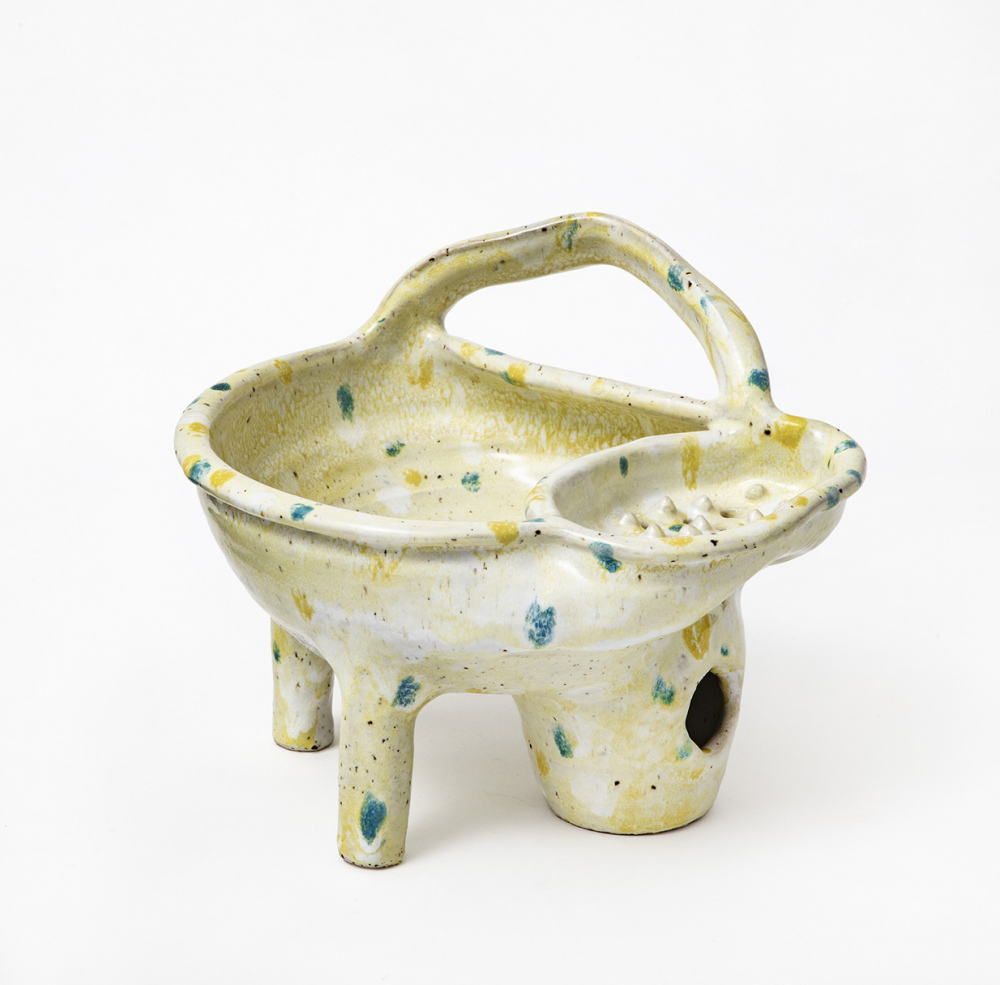
FINN kitchen sink caddy by Mona Vander
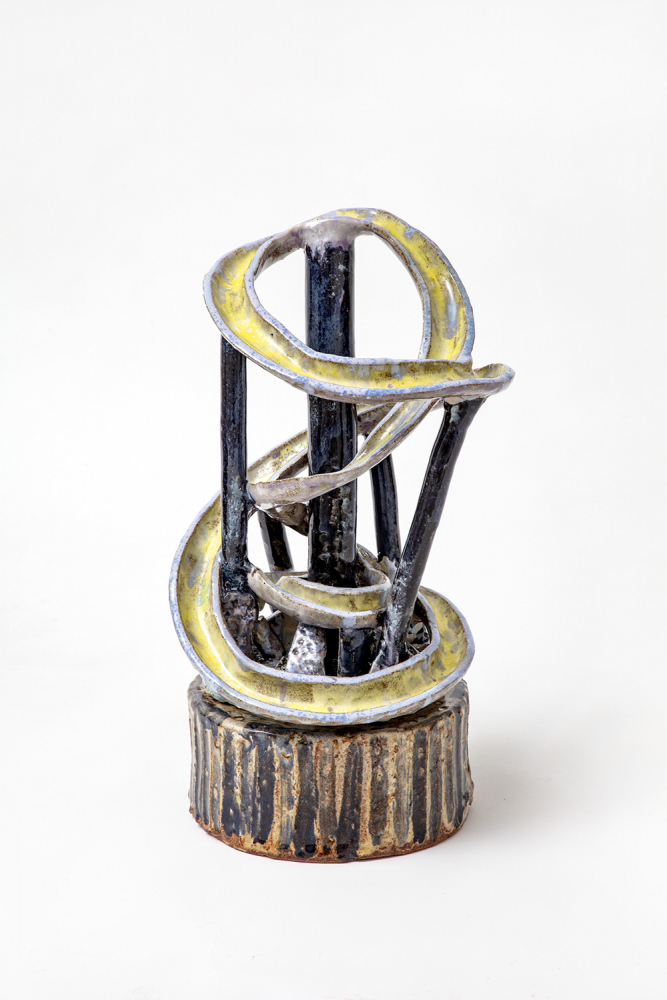
LOOP by Louise Gaarmann and Alex Soza
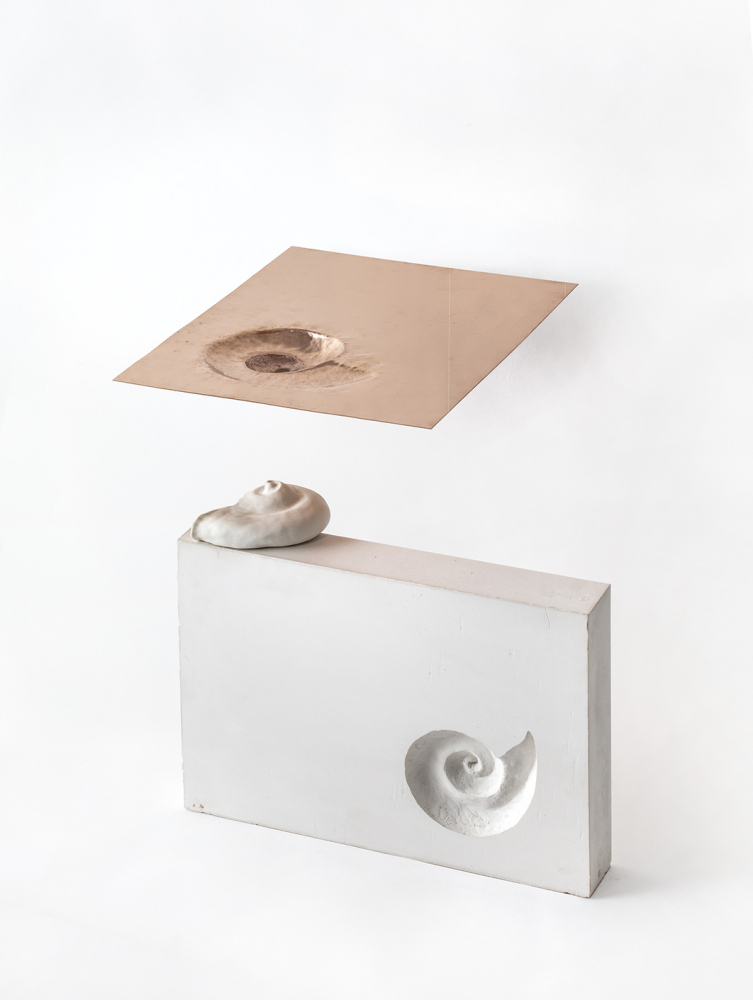
Conch, conch, conch by Petra Dalström

Upside down jug step stool by Sisse Lee
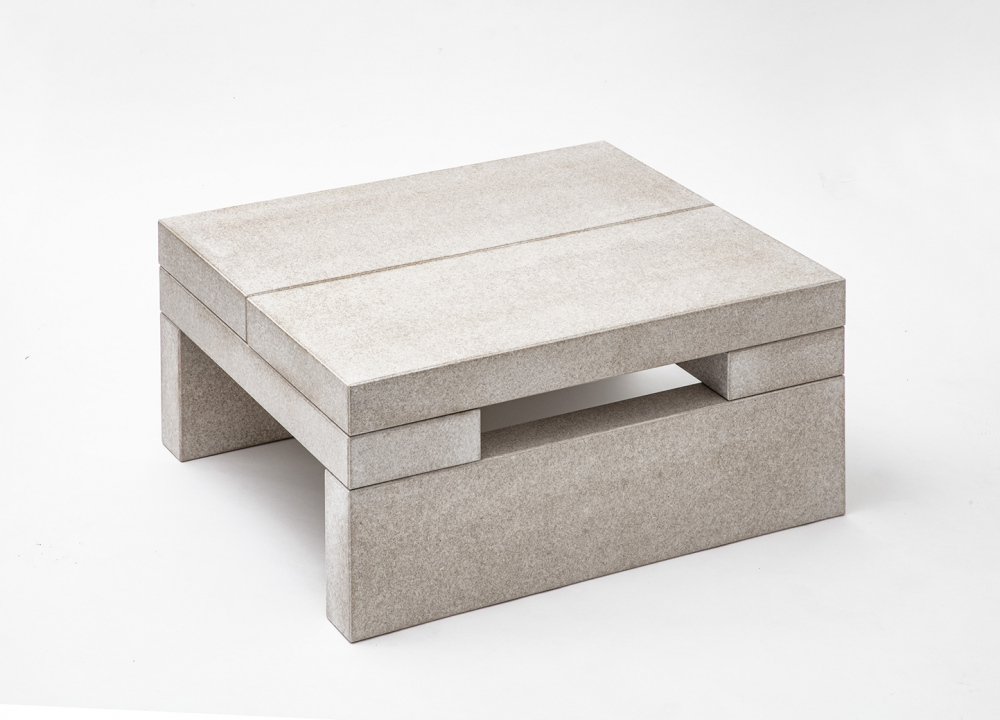
Potato by Rasmus B. Fex
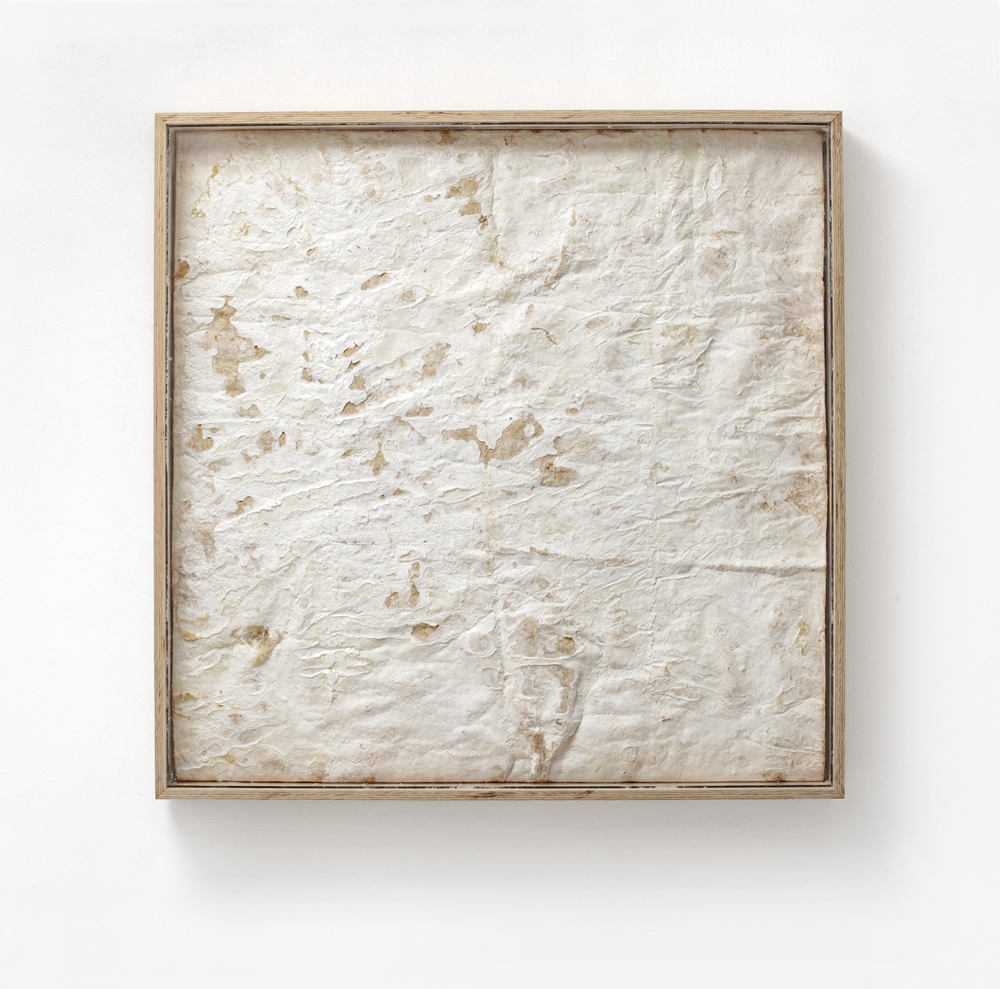
Myx-skin by Jonas Edvard
-
1
Vase? by MBADV / Maria Bruun and Anne Dorthe Vester
-
2
Permeability test no.1 by Anne Tophøj
-
3
Jug from the Anthropocene by Søren Thygesen
-
4
FINN kitchen sink caddy by Mona Vander
-
5
LOOP by Louise Gaarmann and Alex Soza
-
6
Conch, conch, conch by Petra Dalström
-
7
Upside down jug step stool by Sisse Lee
-
8
Potato by Rasmus B. Fex
-
9
Myx-skin by Jonas Edvard
NEWS VALUE
30 September – 6 November 2021
Petra Dalström, Jonas Edvard, Rasmus B. Fex, Louise Gaarmann, Sisse Lee, MBADV/Maria Bruun & Anne Dorthe Vester, Søren Thygesen, Anne Tophøj and Mona Vander
Bringing something new into the world is difficult. On the other hand, it also seems a shame to dismiss the possibility and the dream of creating something new. What might something new be?
Perhaps it could be a function that has never been properly addressed as form. It could be materials and techniques that give rise to surprising new functions and expressions. Or it could be a familiar and commonplace form that is treated and examined, so that it emerges as a new, intriguing object. Perhaps it might even be geological excavations and archaeological finds with news value.
Peach Corner has asked a seasoned old designer, Ole Jensen, to invite 10 kindred spirits, some of them young and crisp, others older and experienced. Ole picked them because they have all demonstrated an open and undogmatic approach to the objects we surround ourselves with that has repeatedly resulted in artworks that hold significant new values. Each of the artists presents one new piece in the exhibition.
The exhibition was curated by Ole Jensen.
About the artists:
Petra Dalström (b. 1987) explores phenomena such as time, gravity, light and movement. Her working process involves observing material qualities and physical phenomena and transforming them into kinetic installations, fragile systems and narratives. Petra Dalström presents konkylie, konkylie, konkylie (conch, conch, conch).
Jonas Edvard (b. 1982) follows the edict of ‘Form follows materials’. He grows mushrooms and hemp into unique and unusual furniture. He boils seaweed and mixes in limestone from the Danish underground to create brand-new lamp types. Jonas Edvard is a pioneer in the gentle use of locally sourced raw materials and the development of sustainable materials. Jonas Edvard presents the plant and fungal textile Myx-skin.
Rasmus B. Fex (b. 1981) has a distinctly conceptual approach to design and is an revitalizing enfant terrible in Danish furniture design. He likes to turn things upside down and inside out and makes furniture with crooked angles. Unbound by conventions, he approaches furniture as functional sculptures. Rasmus B. Fex presents Potato – a plywood furniture piece with a wax finish.
Louise Gaarmann (b. 1975) has her workshop and home, nature, sky and sea close around her. With a liberating diversity of expression, her works range from cups and small sculptures to ceramic rainbows. Spontaneous ideas, the cycles of nature and life’s ups and downs all play a role in her direct and personal communicating with the audience. In a collaboration with the designer Alex Soza, Louise Gaarmann presents a ceramic ball track.
Sisse Lee (b. 1987) takes a thematic and critical approach to everything from sequence dating of ancient ceramics to propaganda porcelain and pop culture in an expression of form where language and objects interact clearly and directly. She focuses on the objects we surround ourselves with and their significance, drawing equally on clay and language as her materials. Sisse Lee presents Upside down jug step stool.
MBADV, Maria Bruun (b. 1984) & Anne Dorthe Vester (b. 1984). With heavy extruded ceramic objects in radical and oversized clashes of form and materials, MBADV has created installations and hybrid pieces that expand the aesthetic boundaries of craft, design and architecture. Is it a piece of furniture? Is it an object? Or is actually a large laboratory for refined materiality? They ask these questions by turning thought into action with steely determination and commitment, creating wild things and sending them into the world. In this exhibition, MBADV presents an archetypal body of revolution in leaps of scale, titled Vase?
Søren Thygesen (b. 1961) has a wide-ranging craft-based and technical approach to ceramics, and his projects always start afresh, entirely from scratch, with no concern for creating a smoothly consistent portfolio. His work is always guided entirely by the underlying idea and principles of the individual project. Søren Thygesen presents Kande fra den Antropocæne tidsalder (Jug from the Anthropocene).
Anne Tophøj (b. 1960) takes a thorough, in-depth approach to ceramic processes and techniques. With no regard for stylistic restrictions she experiments and investigates what ceramics can do and what it might also be used for. Sometimes, her experiments are expressed in a single object, sometimes in series of endless possibilities. In this exhibition, Anne Tophøj presents an extraordinarily porous ceramic piece, Permeabilitets-test nr. 1 (Permeability test no. 1).
Mona Vander (b. 1970) is a skilled wheel thrower. Her work is guided by practical considerations, and she usually has a plan for how the thrown pieces are going to function and for their assembly. However, once she starts, the process often takes over, and her hands do most of the ‘thinking’. The result is cups, plates and other ceramic kitchenware that contains an intuitive lightness. Mona Vander presents the FINN kitchen sink caddy.
Download images + press release
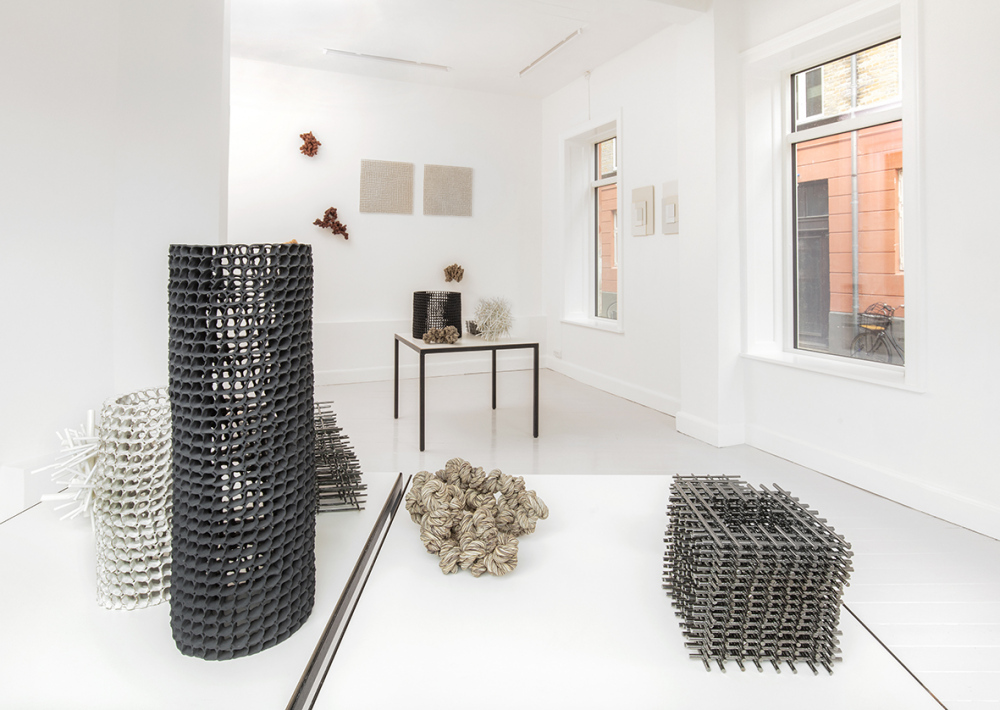
Photo Ole Akhøj
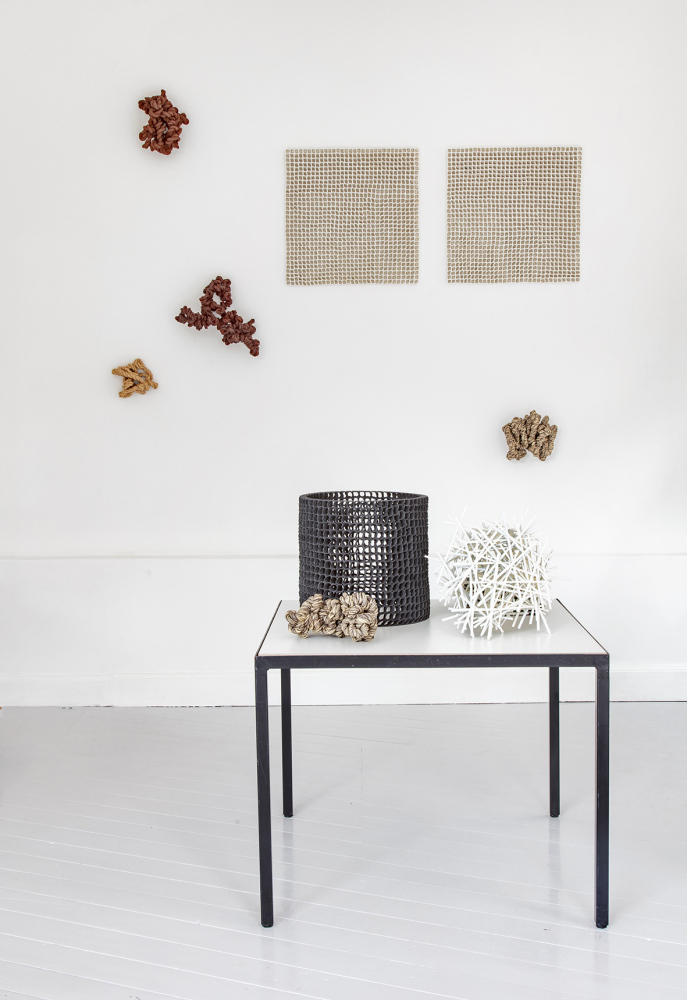
Photo Ole Akhøj
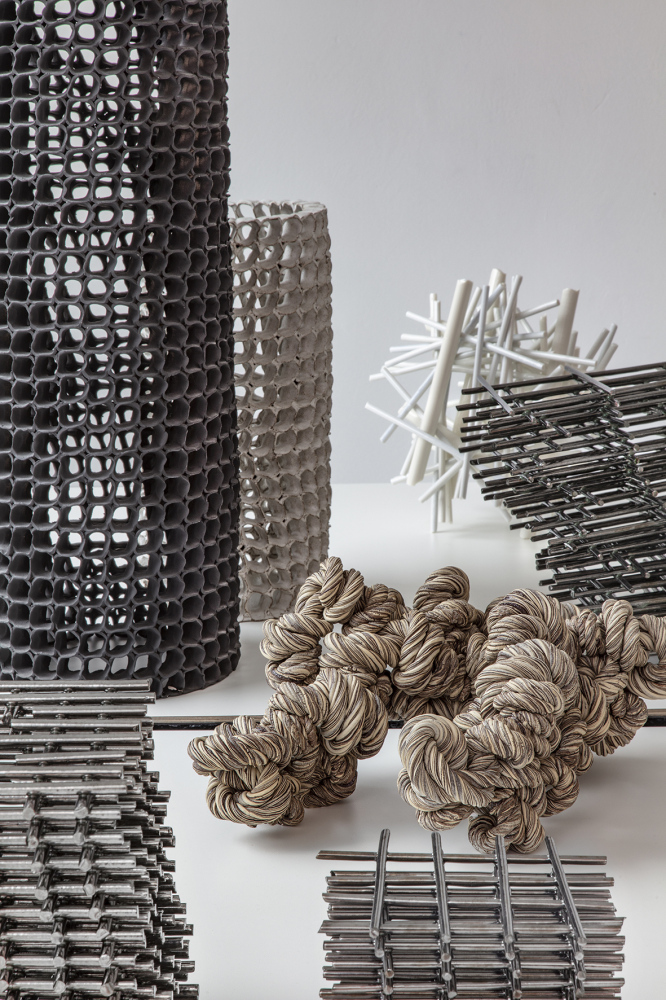
Photo Ole Akhøj
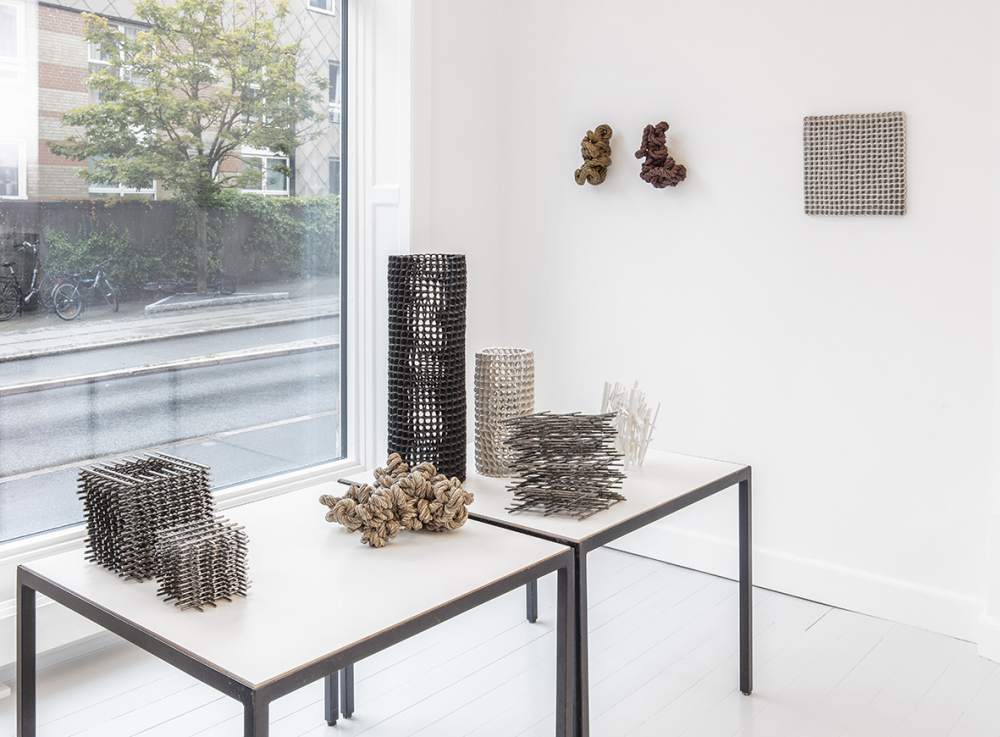
Photo Ole Akhøj
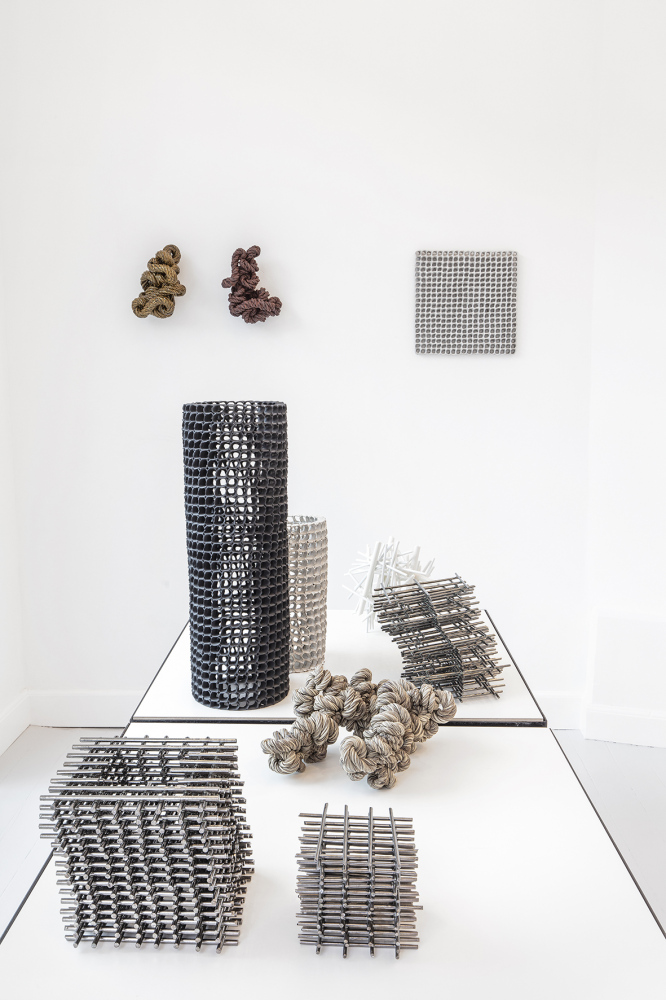
Photo Ole Akhøj
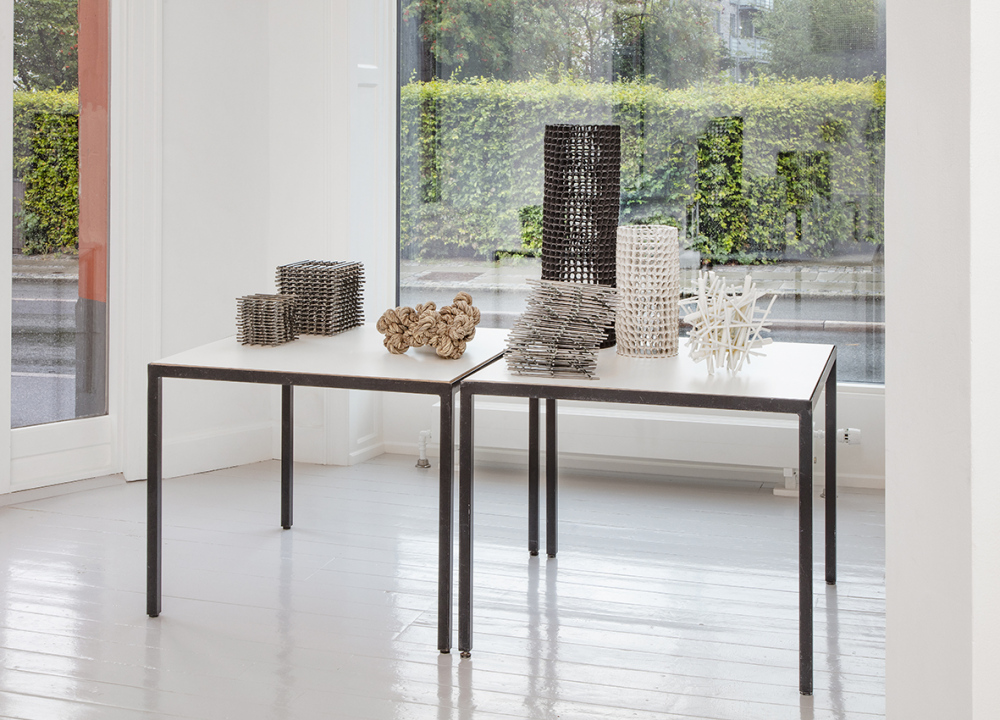
Photo Ole Akhøj
INFRASTRUCTURE
Lea Mi Engholm, Stine Jespersen and Mikael Jackson
19 August – 25 September 2021
Repetition, rhythm and reiteration, modules, gaps, sequences and directions, connections between parts and wholes … Organic and sometimes wild and rambling structures grow out of the stringently planned and monotonous, developing into systems and complex networks that ultimately form the sum of all the interconnected elements. This approach is a common characteristic of Stine Jespersen’s, Lea Mi Engholm’s og Mikael Jackson’s work and is reflected in their joint exhibition Infrastructure.
Lea Mi Engholm uses simple and basic methods, the soft clay rolling and twisting in a direct extension of the movements of her hands. The repetitive process results in ‘supercoils’, as the clay begins to twist around itself, and the resulting ceramic pieces appear as complex imploded knots and build-ups.
Stine Jespersen draws out unique forms in an almost monotonous and meditative reiteration of complex elements and modules. In this process, the space between the modules – the gaps or negative space – becomes such an essential part of the whole that the result resembles a playful game with one constant and one variable with tiny variations.
Mikael Jackson employs fragile porcelain components that derive their strength from being incorporated into complex architectural abstractions. In some of his constructions, the finished objects have so many ramifications that they appear chaotic, while others are so systematic that recognizable forms and structures seem to emerge despite the fundamental abstract approach.
The three artists’ works invite associations that cover a wide span: from deep inside the chemistry of the human body to high above the city’s network of streets and buildings – order and chaos, fragility and strength, uniformity and dynamics.
About the artists:
Lea Mi Engholm (b. 1977). Trained at Design School Kolding, 2001–2006, and at HDK-Valand - Academy of Art and Design, Gothenburg University, 2004. Selected exhibitions: Earth, Ann Linnemann Galleri, Copenhagen, 2020; TALISMAN – Magical Objects, VERSUS, Clay Museum of Ceramic Art Denmark, Middelfart. 2017; Magic Langauge/Game of Whispers, NNCA, Grand Palais, Paris, 2015. Selected awards: Danish Arts Foundation, exhibition award for TALISMAN – Magical Objects, 2017; Annie & Otto Johs. Detlefs’ Ceramics Award 2016, given to the artists group VERSUS, 2016; Danish Arts Foundation, exhibition award for Meditations on a Hobby Horse, 2012. Has received grants from, among others, the Danish Arts Foundation, Danmarks Nationalbank’s Anniversary Foundation of 1968, Ellen og Knud Dalhoff Larsens Fond and Grosserer L. F. Foghts Fond.
Stine Jespersen (b. 1976). Trained at the Royal College of Art, London, 2003-2005, and at Central Saint Martins, University of the Arts London, 2002-2003. Selected exhibitions: Material Matters, Den Frie Centre of Contemporary Art, Copenhagen, 2020; Mellem Rum, mellemrum, Janusbygningen, Vestjyllands Kunstmuseum, 2019; The whims of the eyelid, OK Corral, Copenhagen, 2018; Gold-Smidt Assembly, WRB Studios, London, 2016; From Denmark With Love, Puls Contemporary Ceramics, Brussels, 2012. Has received grants from, among others, the Danish Arts Foundation, Danmarks Nationalbank’s Anniversary Foundation of 1968, Gerda Hennings Mindelegat, Crafts Council (UK), the Oticon Foundation, Knud Højgaards Fond.
Mikael Jackson (b. 1972). Trained at Royal College of Art, London, 2006-2008, Konstfack University of Arts, Crafts and Design, Stockholm, 2005-2006, and Design School Kolding, 2001-2005. Technology instructor at the Royal Danish Academy since 2014; a consultant at the Danish Art Workshops, Ceramics and Clay Workshop, since 2014. Selected exhibitions: Wunderkammer, Peach Corner, Frederiksberg, 2021; Homeliness, Copenhagen, 2015; For miles … & tanton, Copenhagen Ceramics, Frederiksberg, 2014; Lyst, Galleri R2, Svaneke, 2014; Architectones, Ann Linnemann Galleri, 2013; Biennale Internationale de Vallauris, France, 2012; Puls Contemporary Ceramics, Brussels, 2012. Has received grants from, among others, the Danish Arts Foundation, travel grant, 2012; Ole Haslund Travel Grant, 2017; Danish Arts Foundation, award, 2013.
Download images + press release
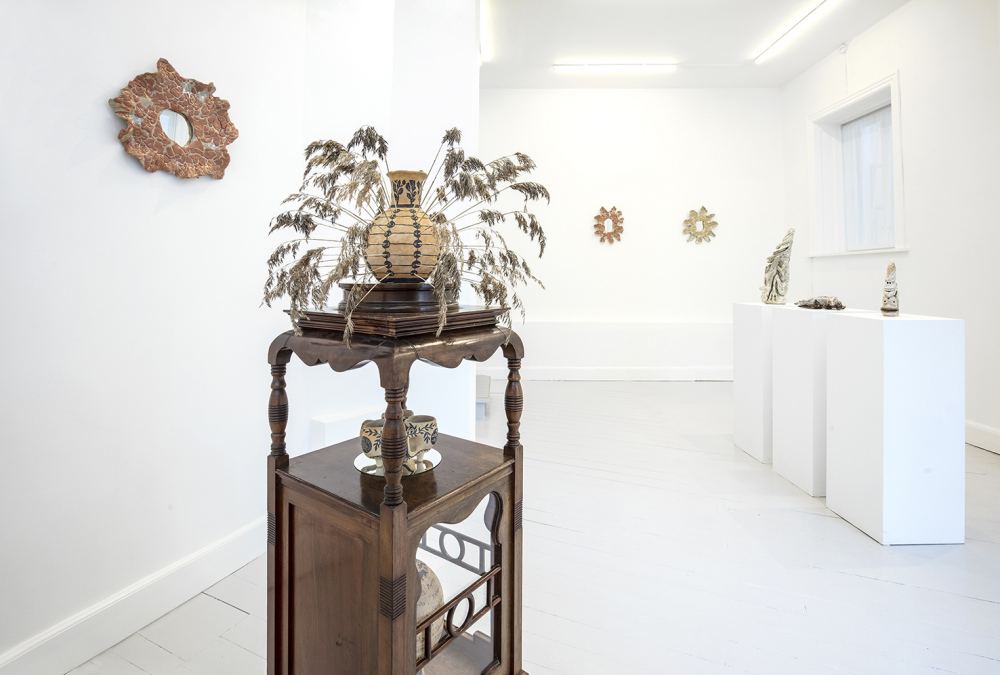
Photo Ole Akhøj
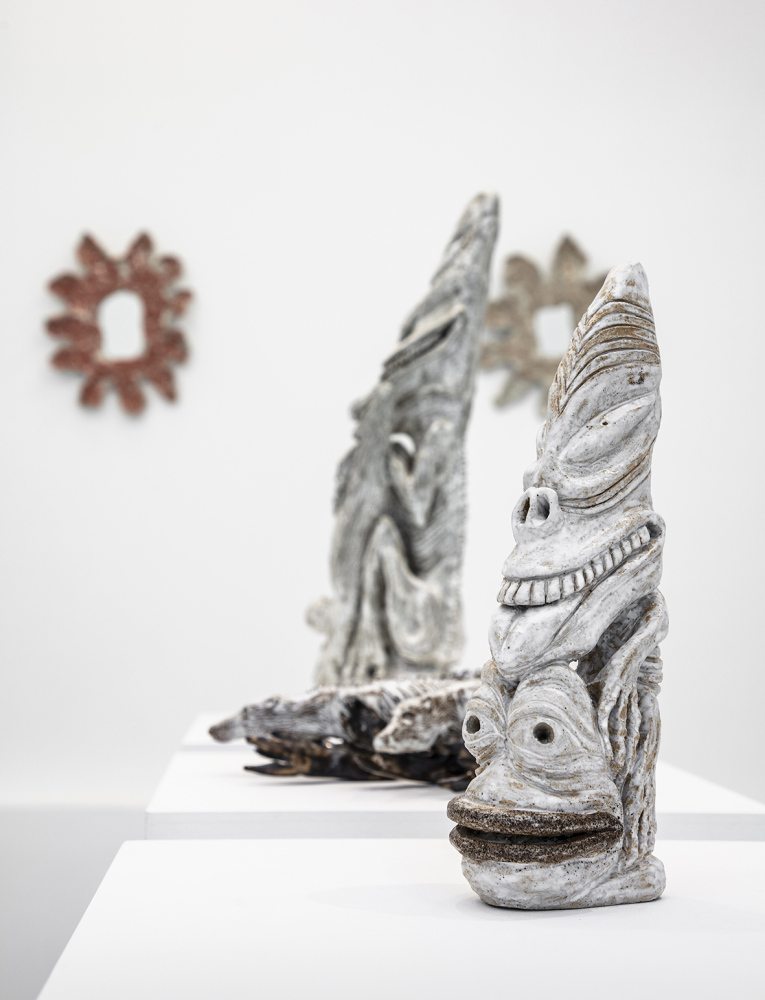
Photo Ole Akhøj

Photo Ole Akhøj
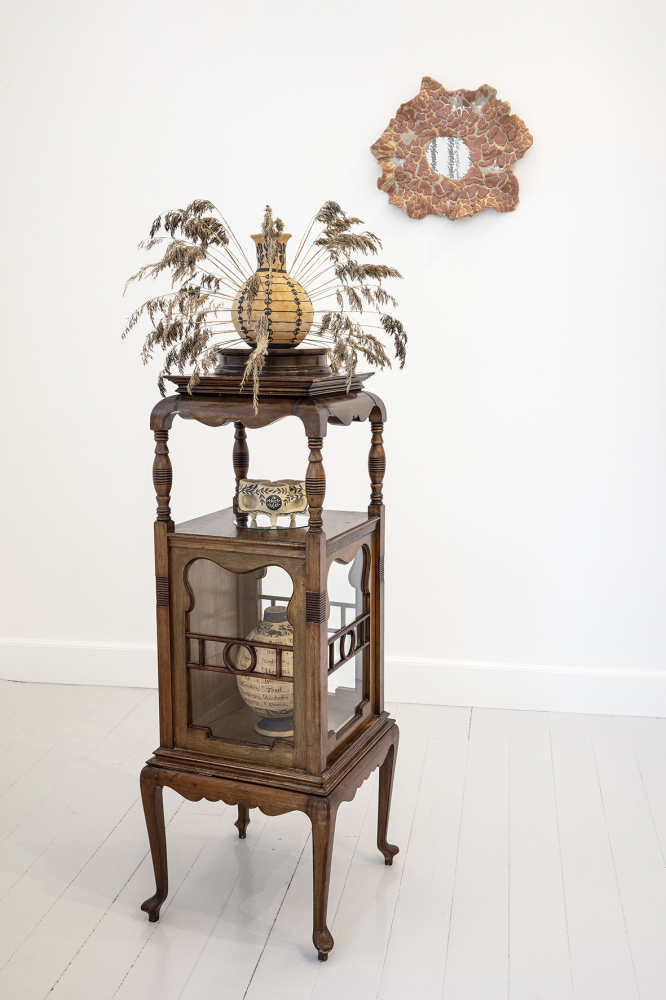
Photo Ole Akhøj

Photo Ole Akhøj
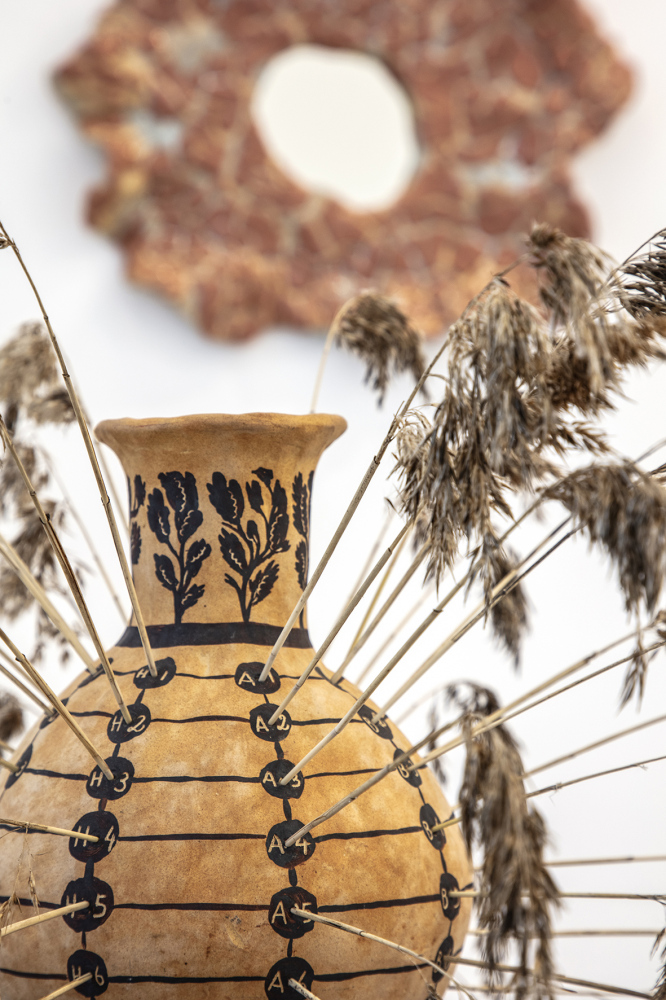
Photo Ole Akhøj

Photo Ole Akhøj
3 x 3 Eyes
Klara Lilja, Albin Werle and Martin Brandt Hansen
3 June – 3 July 2021
‘Earth and water merge to make clay. We gather and manipulate that clay, shape it and harden it with fire. By shaping it we invite a will to reside within it, a ghost inside the clay. It becomes a wilful thing. The wilful thing is not alive, but it is not entirely dead. It cannot think or move, but it has the ability to move the bodies and thoughts of humans. When we look at it, we can sense its will entering our minds, making our heads turn and our bodies move. With or without knowing it, we fulfil its purpose, whatever it might be, and the wilful thing comes to life through our voices, gestures and thoughts. And while each human must fall and lie on the earth and moulder sweetly into the roots of violets, the wilful thing keeps on existing, perpetually reborn in each human encounter.’
– Albin Werle
About the three artists:
Klara Lilja. Born 1989. Lives and works in Copenhagen. Graduated from the Royal Danish Academy of Fine Arts in 2021. Has held solo exhibitions V1 gallery, Gallery Oaji in Tokyo and Politikens Forhal, among other places. Has also exhibited at Nikolaj Kunsthal, Gammel Holtegaard and Sophie Tappeiner in Austria. Klara Lilja’s ceramic sculptures grow out of a universe that draws on diverse references ranging from hermetic philosophy from the 17th century, manga novels and testing all Artiga’s 1,079 glaze recipes.
Albin Werle. Born in Stockholm 1987, has lived and worked in Copenhagen since 2012. Educated at the Royal Danish Academy of Fine Arts, Schools of Visual Arts, in 2018. Has held solo exhibitions at Til Vægs, Arcway Nightlands Connector and Destiny’s Atelier, among other places, and has also exhibited at Moderna Museet Malmö and Museum of Contemporary Art. Albin Werle’s primary focus as a visual artist is to create games: interactive artworks that exist in a space between tools and talismans, spells and lullabies.
Martin Brandt Hansen. Born in Nuuk, Greenland, in 1990 and is currently an MFA student at the Royal Danish Academy of Fine Arts. Has exhibited at Nuuk Art Museum, Christiansborg and Nordatlantens Brygge in Copenhagen, among other places. Martin Brandt Hansen’s ceramic sculptures draw on inspiration from modern Greenlandic metal rock and also have roots in Inuit mythology. The colours in his glazes are inspired by elements from the raw Greenlandic nature, from climate and rocks.
The exhibition was curated by Karen Kitani Harsbo.
Download images + press release
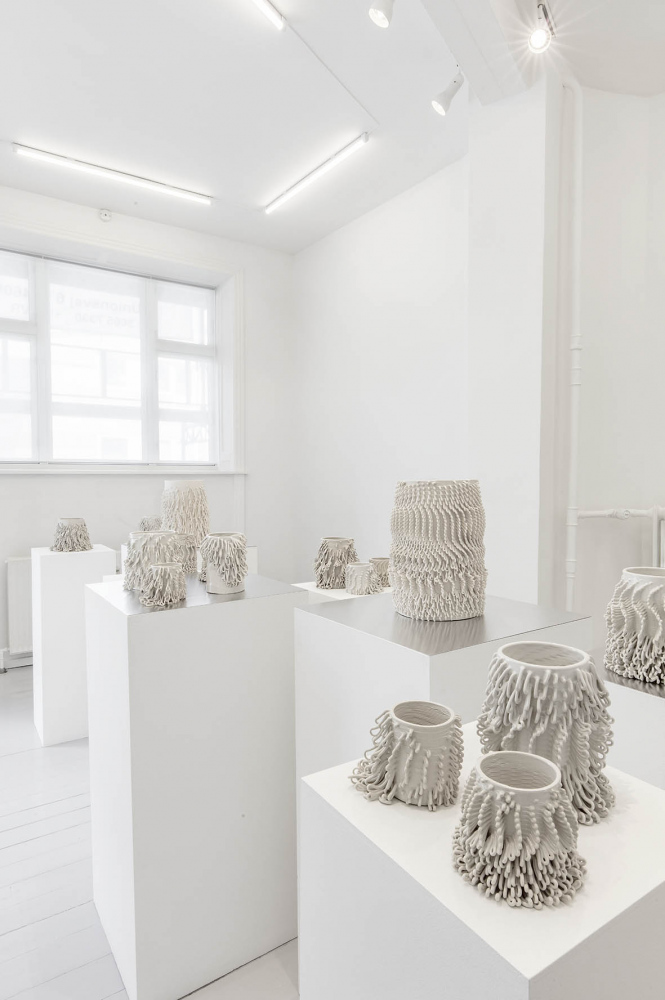
Photo Ole Akhøj
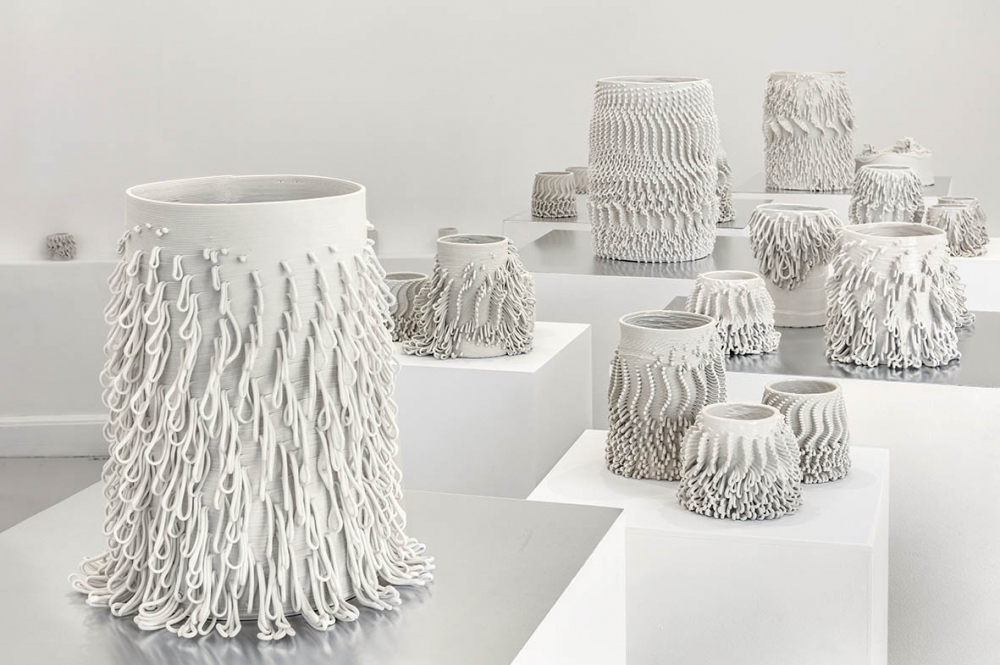
Photo Ole Akhøj
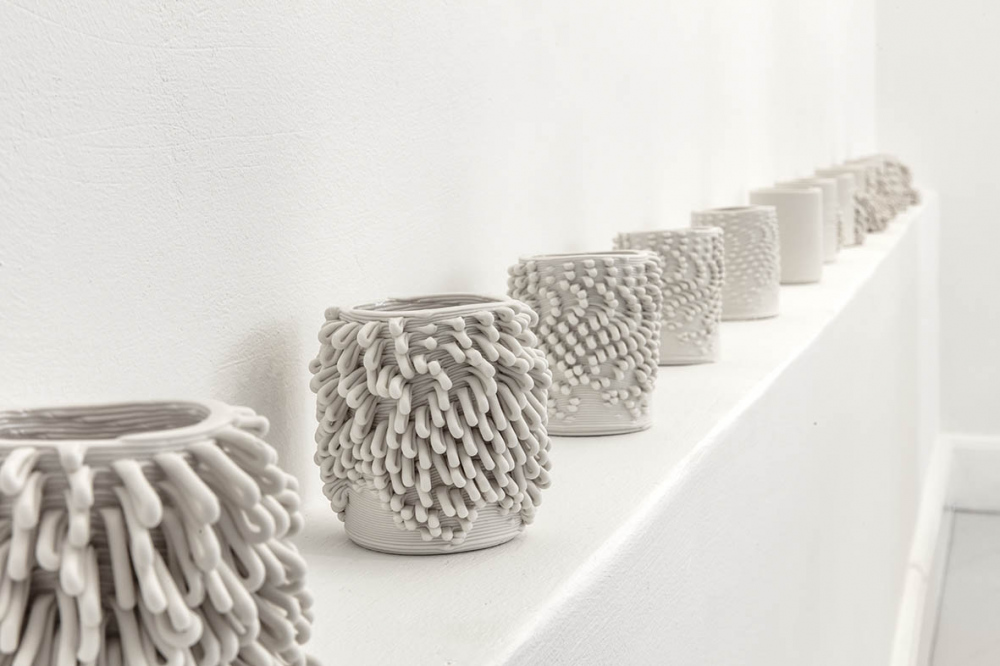
Photo Ole Akhøj
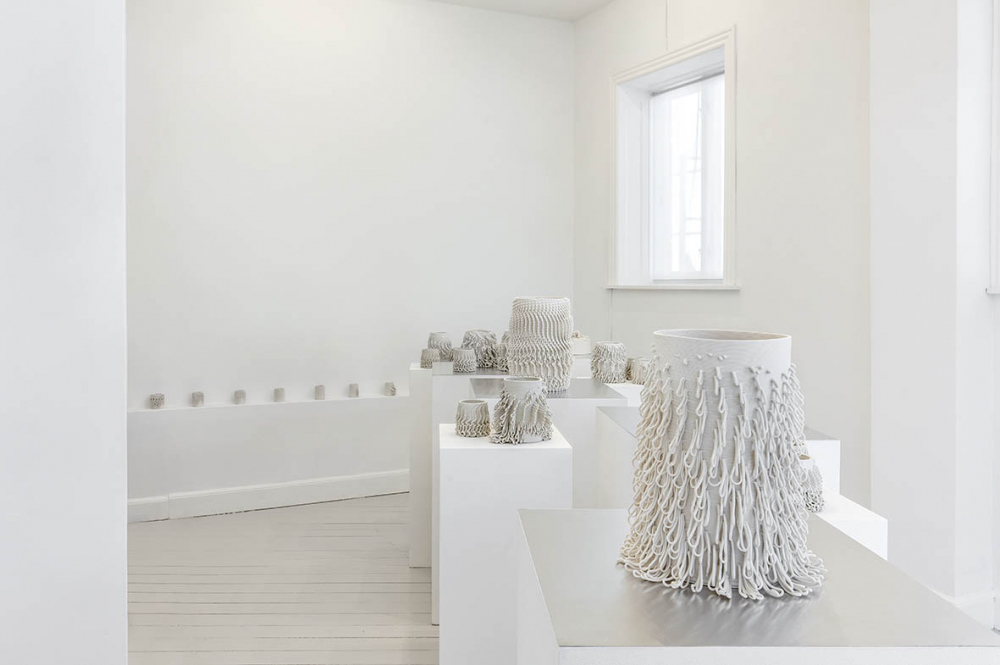
Photo Ole Akhøj
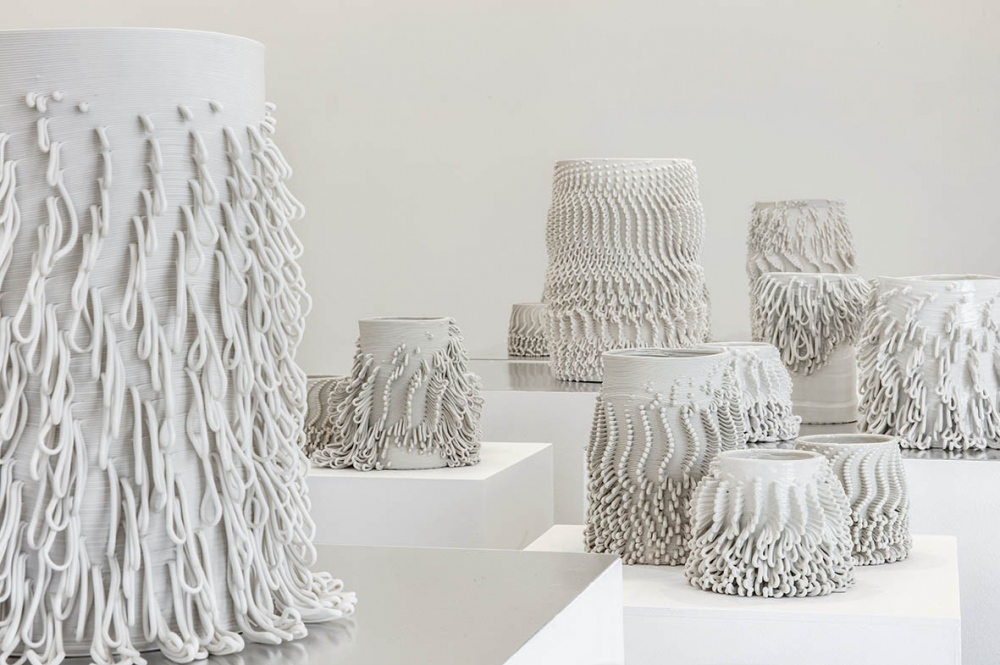
Photo Ole Akhøj
Alma Bangsgaard & Hilda Nilsson:
Loop Works
29. april 2021 - 29. maj 2021
Our collaboration sprang from a desire to engage in a series of experiments in an attempt to combine, share and develop our individual fields of in-depth knowledge based on years of experience with ceramics in combination with the technology of 3D printing.
With the purpose of generating new ways of using this technology, where material properties and digital methods fuse into one, we have undertaken this joint project to demonstrate new opportunities for creating unique forms and textures based on digital production methods.
